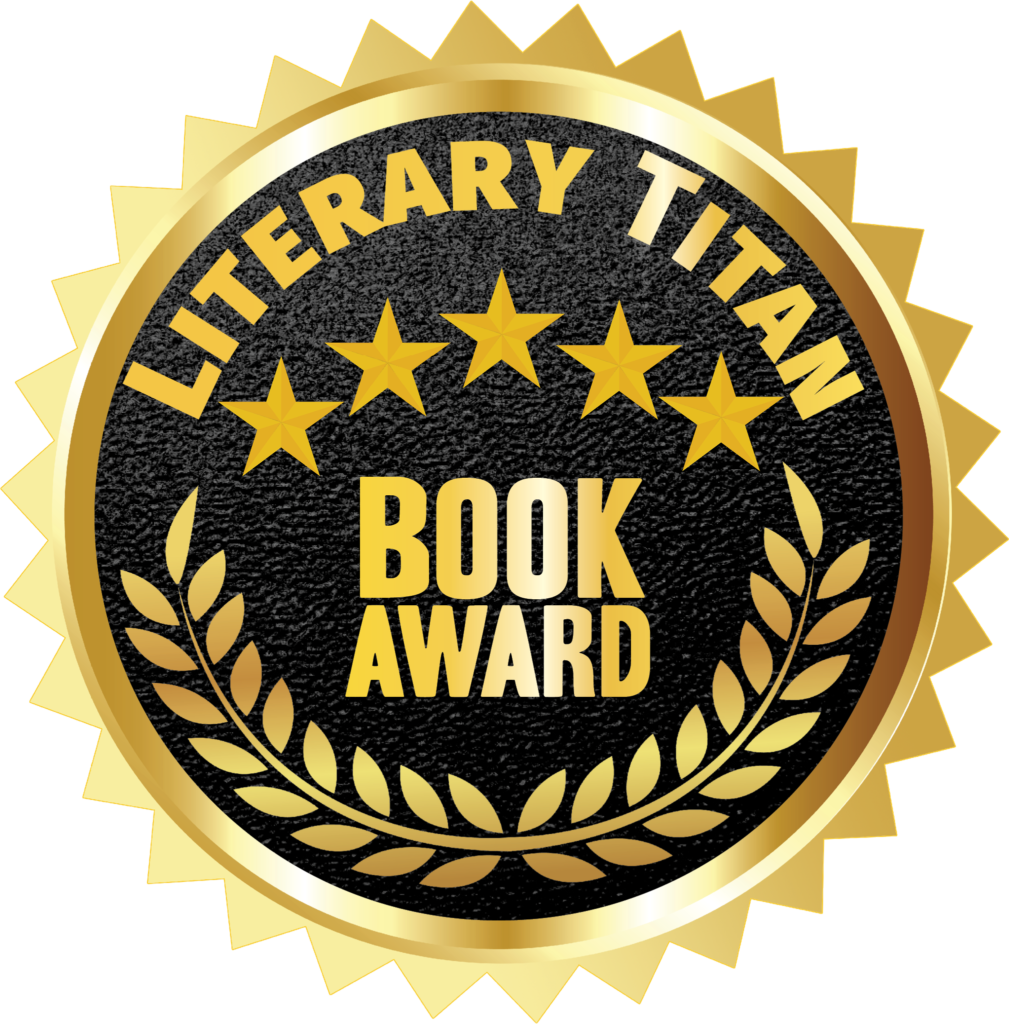Back in January I wrote about finishing the first draft of my cozy novel. (Yay!) I promised myself I’d set it aside — no peeking at all — until the end of the month. And now since the moment the calendar flipped forward into February, I’ve been over my head in content editing.
Even though I love to edit and I have some experience editing previous works, the process still makes my head hurt. It’s like translation. You have to be able to hold two (at least two!) separate strands in your mind: what the story was, and what it will become. (Never mind what you wanted it to be, what you think it’s coming across as, what you are half-tempted to turn it into but really shouldn’t because that would mean starting a whole new project . . . you get the idea!)
Fortunately, I recently joined Sisters in Crime, an organization for mystery writers. And even more fortunately, they recently held a webinar on editing hacks!
In the webinar, author Jessica Lourey (check out her website here! http://jessicalourey.com/) described her method of scene-based outlining and editing. Essentially, my sparknotes version would go like this:
- As you’re preparing to edit your draft, focus on content — that is, scenes — first. Get out some notecards and some caffeine.
- Go through your story and make a notecard for each scene, numbering the card so you know where it fits in with the rest of them. Use a different color card or ink for your inciting incident (where the action really begins) and for the resolution of the main story arc at the end. On each card, write a summary of the scene, the characters involved, and anything else you want to keep track of.
- Once you’re done, stand back to take a look at your story . . . and get ready to change things up. Look for scenes that aren’t moving the story along or developing characters; scenes that might be missing; or spurs and wrong turns off the main story route between the inciting incident (A) and the conclusion (Z)!
(That’s my filtered version — for the real thing, Sisters in Crime members can check out the webinar recording, or you can look into this neat tool from Jessica Lourey herself: https://amzn.to/3tjalda.)
Now, I worked in a writing center in college, so I was familiar with the idea of content editing vs. line editing. (I think we called it macro- and micro-editing, if I remember right.) The idea is, you have to get the main points and arguments of your writing ironed out before you bother looking at the nitty-gritty details of grammar; otherwise, you may spend an hour hammering out a grammatically perfect paragraph only to realize it’s on entirely the wrong topic and needs to be removed from the piece.
And so, between that experience and the fact that I do keep a detailed outline as I write, I thought, this is cool, but I probably won’t have to change too much. Because of my outlining, I don’t often delete entire scenes, and I didn’t see how I might re-order them. I went into this exercise with some curiosity as to how my story would shake out and with the knowledge that my novel is currently about 10k words shy of where I want it. I figured I’d use this method to help add in 5-10 extra scenes and that’d be that.
Well . . . about that . . .


I’m not going to lie, it was arduous writing all that out. But looking on it now (with a few hours’ distance and some chocolate in my system), I love that I did it!
To be fair, it was my own choice to use the world’s-least-sticky-notes rather than nice solid notecards, so some level of messiness was due to technical issues, not to the system itself. 🙂 The notecard system did help me add in the necessary scenes. Despite my naivete beforehand (“I doubt I’ll actually move scenes around!”) you’ll notice from the conspicuous hole in the photo above that I did, in fact, reorder some scenes — weaving in my new content made some rearranging necessary. And while I love my bulleted-list outlines, seeing the scenes as discrete and movable blocks like this really helped me evaluate them without fear of getting my story threads all mixed up.
There were so many more awesome tips in the webinar, and I personally still have a lot of work to do. But I’m really excited about moving forward. And now that I’ve transferred my sticky-note revelations into an outline and finally cleaned up my table, I guess it’s time to work on the next phase. More coming soon! 🙂





